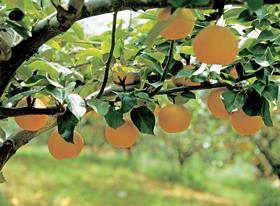
Korea’s production of pears has continued to drop as consumer preference shifts towards other fruits and away from the larger-sized Singo pear.
Pear consumption in the Asian nation fell from 226,348 tonnes in 2015/16 to 219,000 tonnes in 2016/17, according to a US Department of Agriculture report release by its Foreign Agriculture Service in November.
“Consumer preferences are moving away from the large-size Korean Singo pear toward other types of fruit, and farmers are reluctant to shift to smaller-sized cultivars,” the report stated. “Farmers prefer Singo because the fruits are larger and can be stored longer than other cultivars. Moreover, large pears are in high demand during Korean holidays; however, outside the holiday gift-giving season consumer preference for large pears fall off.”
In terms of production, Korea is forecast to produce 248,000 tonnes in 2016/17, down 5 per cent due to poor weather over summer as well as a continual decrease in planted area.
“Challenges in production caused by an aging farming population and increased urbanisation have also led to steady decreases in area under cultivation and consequently lower pear production,” the report added.
Pear production peaked in 2007/08, when it reached 471,000 tonnes, but has decreased as other fruit varieties become more available to Korean consumers as a result of Korea’s increasing number of free trade agreements.
In terms of exports, Korea’s fresh pear shipments are expected to remain at 22,000 tonnes, with more than 80 per cent exported to the US and Taiwan.






No comments yet